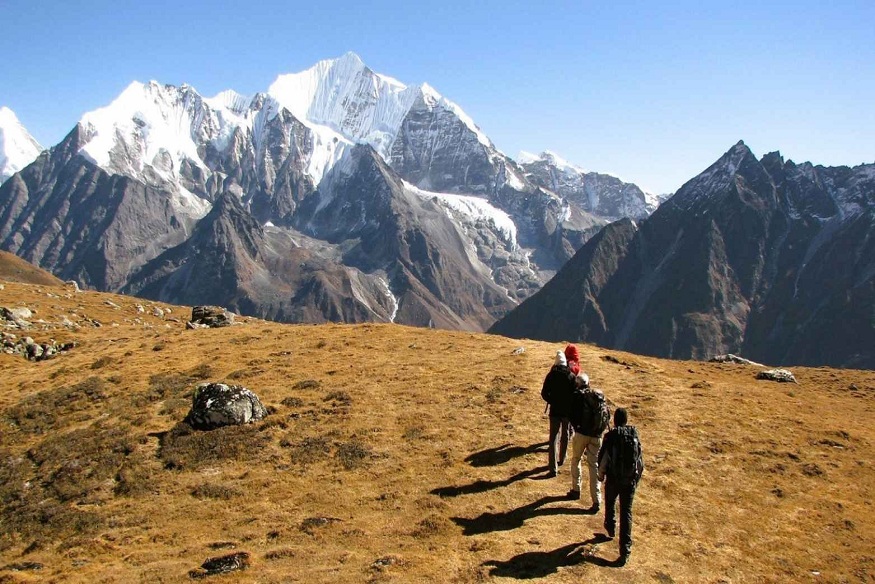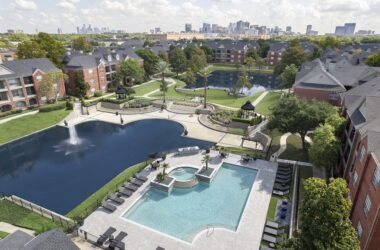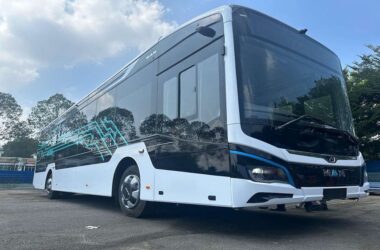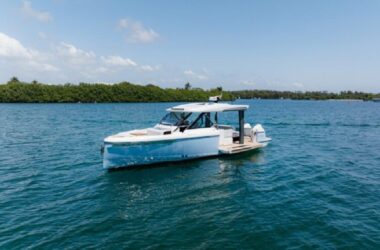Nestled in the northern part of Nepal, Langtang Valley is one of the country’s most stunning trekking destinations. Although not as famous as the Everest or Annapurna regions, Langtang Valley offers an unspoiled and less crowded experience, making it a hidden gem for trekkers. This trek is a fantastic opportunity to explore the majestic Himalayan range, pristine forests, high-altitude lakes, and culturally rich villages. Whether you’re an avid hiker looking for a challenge or someone seeking a serene trek in the heart of nature, the Langtang Valley Trek offers an unforgettable experience.
Langtang Valley Trekking Private 10 Days Itinerary
The Langtang Valley Trek is an incredible adventure that takes you through diverse landscapes, from subtropical forests to alpine meadows and high mountain peaks. A Langtang Valley Trekking Private 10 Days allows for a more personalized experience, giving you the flexibility to hike at your own pace while enjoying the breathtaking scenery and cultural richness of the region.
Day 1: Arrival in Kathmandu
Your adventure begins in Kathmandu, the capital of Nepal. Upon arrival, you’ll be transferred to your hotel. Take this day to rest and explore the city if you wish.
Day 2: Kathmandu to Syabrubesi (1,460 m)
On the second day, you’ll travel from Kathmandu to Syabrubesi, a small village that serves as the starting point of your trek. The drive is approximately 7-8 hours, passing through scenic rural areas and offering a glimpse into rural Nepalese life.
Day 3: Syabrubesi to Lama Hotel (2,470 m)
The trek begins with a climb through a forest of oak and rhododendron trees, following the Langtang River.
Day 4: Lama Hotel to Langtang Village (3,430 m)
As you continue trekking through forests and small villages, the Langtang Valley slowly unveils its majestic views. The trek on this day takes around 6-7 hours, and you’ll finally arrive at Langtang Village, where you can enjoy the stunning views of the snow-capped peaks.
Day 5: Langtang Village to Kyanjin Gompa (3,870 m)
On day five, you’ll trek for 3-4 hours towards Kyanjin Gompa, a sacred monastery located in the heart of the Langtang Valley. This area is famous for its incredible panoramic views of the surrounding peaks, including Langtang Lirung (7,227 m), the highest mountain in the area.
Day 6: Kyanjin Gompa Exploration and Acclimatization
You can visit the monastery, hike up to Kyanjin Ri (4,773 m) for stunning views of the Langtang Glacier, or trek to Tsergo Ri (4,984 m), which offers even more incredible views of the valley and its surrounding mountains.
Day 7: Kyanjin Gompa to Lama Hotel (2,470 m)
After acclimatizing, you’ll start your return trek, retracing your steps back to Lama Hotel. The descent takes about 6-7 hours, and you’ll once again pass through beautiful rhododendron forests and traditional villages.
Day 8: Lama Hotel to Syabrubesi (1,460 m)
On day eight, continue your trek down to Syabrubesi, where you’ll spend your final night on the trail. This day’s trek is relatively easier as you descend through the beautiful forests and local villages.
Day 9: Syabrubesi to Kathmandu
After completing the trek, take a scenic drive back to Kathmandu. This journey takes around 7-8 hours, and you can spend your last evening in Nepal enjoying the vibrant city of Kathmandu.
Day 10: Departure from Kathmandu
On the final day, depending on your flight time, you can either relax at your hotel or explore the local attractions in Kathmandu before heading to the airport for your departure.
Langtang Valley Trekking Cost for 2025
The cost of the Langtang Valley Trek for 2025 can vary depending on the trekking company you choose, the type of package, and additional services such as guides, porters, and accommodations. On average, here’s an estimate of the costs involved:
- Trekking Permits: You’ll need two main permits for the Langtang Valley Trek – the Langtang National Park Permit and the TIMS (Trekkers’ Information Management System) card. These permits are mandatory and cost around $30 USD each.
- Private Trek Package (10 Days): For a private 10-day Langtang Valley Trek, prices typically range from $1,000 to $1,500 USD per person, depending on the trekking agency. This cost usually covers all necessary permits, transportation, accommodations, food, guide, and porter.
- Guides and Porters: A guide typically costs between $25-30 USD per day, while a porter’s daily rate is around $15-20 USD. Hiring a guide and porter is highly recommended for safety and convenience, especially in remote areas like Langtang.
- Accommodation and Meals: The cost of staying in tea houses along the trek generally ranges from $5 to $10 USD per night, and meals are priced around $3-8 USD per dish. While the Langtang region has several teahouses offering comfortable accommodations, you may also have the option to stay in more basic lodgings at some points on the trek.
- Transportation: The drive from Kathmandu to Syabrubesi typically costs around $50 USD per person for a private jeep or $20-25 USD for a local bus. The cost of transportation is generally included in most trekking packages.
Overall, the total cost for a 10-day Langtang Valley trek in 2025 ranges from $1,500 to $2,000 USD, depending on the level of comfort and services you require. This price may fluctuate based on inflation, local conditions, and the specific services provided by the trekking agency.
Langtang Valley Treks: What Makes Them Unique
Langtang Valley treks are unique in many ways. Here are some aspects that set this trek apart:
1. Cultural Immersion
The Langtang Valley is home to the Tamang and Sherpa people, and the trek offers a deep cultural immersion. Along the route, you’ll have the opportunity to experience traditional Tibetan culture, with prayer flags, stupas, and monasteries dotting the landscape. The locals are friendly and welcoming, and you can visit ancient Buddhist gompas and shrines along the way.
2. Unspoiled Nature
Unlike the more popular Everest and Annapurna regions, Langtang Valley remains relatively untouched by mass tourism. The trek offers a chance to explore lush forests, alpine meadows, and high-altitude lakes in their most pristine form. The diverse flora and fauna of the region, including rhododendron forests, giant fir trees, and Himalayan wildlife such as the red panda and Himalayan tahr, add to the charm of the trek.
3. Stunning Mountain Views
While trekking in Langtang Valley, you’ll be treated to breathtaking views of some of the most iconic peaks in the Himalayas, including Langtang Lirung, Gang Chenpo, and Dorje Lakpa. The valley offers some of the best views of snow-capped peaks, glaciers, and deep valleys in Nepal, rivaling even the more famous trekking regions.
4. Accessibility
Langtang Valley is more accessible than some of the other major trekking regions in Nepal. It’s a relatively short drive from Kathmandu to the trailhead at Syabrubesi, making it a great option for trekkers who are short on time but still want to experience the beauty of the Himalayas.
5. Moderate Trekking Difficulty
Langtang Valley Trek is considered a moderate trek, suitable for trekkers with a good level of fitness and prior hiking experience. The trail involves steady ascents and descents, but it doesn’t reach the extreme altitudes of Everest or Annapurna, making it a great choice for those looking to experience high-altitude trekking without the extreme challenges.
Conclusion
The Langtang Valley Trek is an extraordinary adventure that showcases the natural beauty and cultural richness of Nepal’s Himalayas. Whether you’re embarking on a private 10-day journey or exploring on your own, the trek promises awe-inspiring landscapes, friendly locals, and a deep sense of fulfillment. With the right preparation, guidance, and a strong desire to connect with the mountains, the Langtang Valley will leave you with memories to cherish for a lifetime.
FAQs
- How difficult is the Langtang Valley Trek?
The Langtang Valley Trek is considered moderate in difficulty. While it does involve some challenging ascents, it is suitable for trekkers with average fitness and prior hiking experience. - What is the best time to trek in Langtang Valley?
The best time to trek in Langtang Valley is during the spring (March-May) and autumn (September-November) seasons. These months offer clear skies, moderate temperatures, and beautiful scenery. - What is the maximum altitude on the Langtang Valley Trek?
The highest point on the Langtang Valley Trek is Kyanjin Ri (4,773 m), offering panoramic views of the surrounding mountains and glaciers. - Do I need a guide for the Langtang Valley Trek?
While it’s not mandatory, it is highly recommended to hire a guide for safety and convenience. A guide can provide insight into the culture, help with navigation, and offer assistance in case of emergencies. - Is the Langtang Valley Trek suitable for beginners?
Yes, the Langtang Valley Trek is suitable for beginners with a good level of fitness. However, it’s important to be prepared for higher altitudes and challenging terrain.






